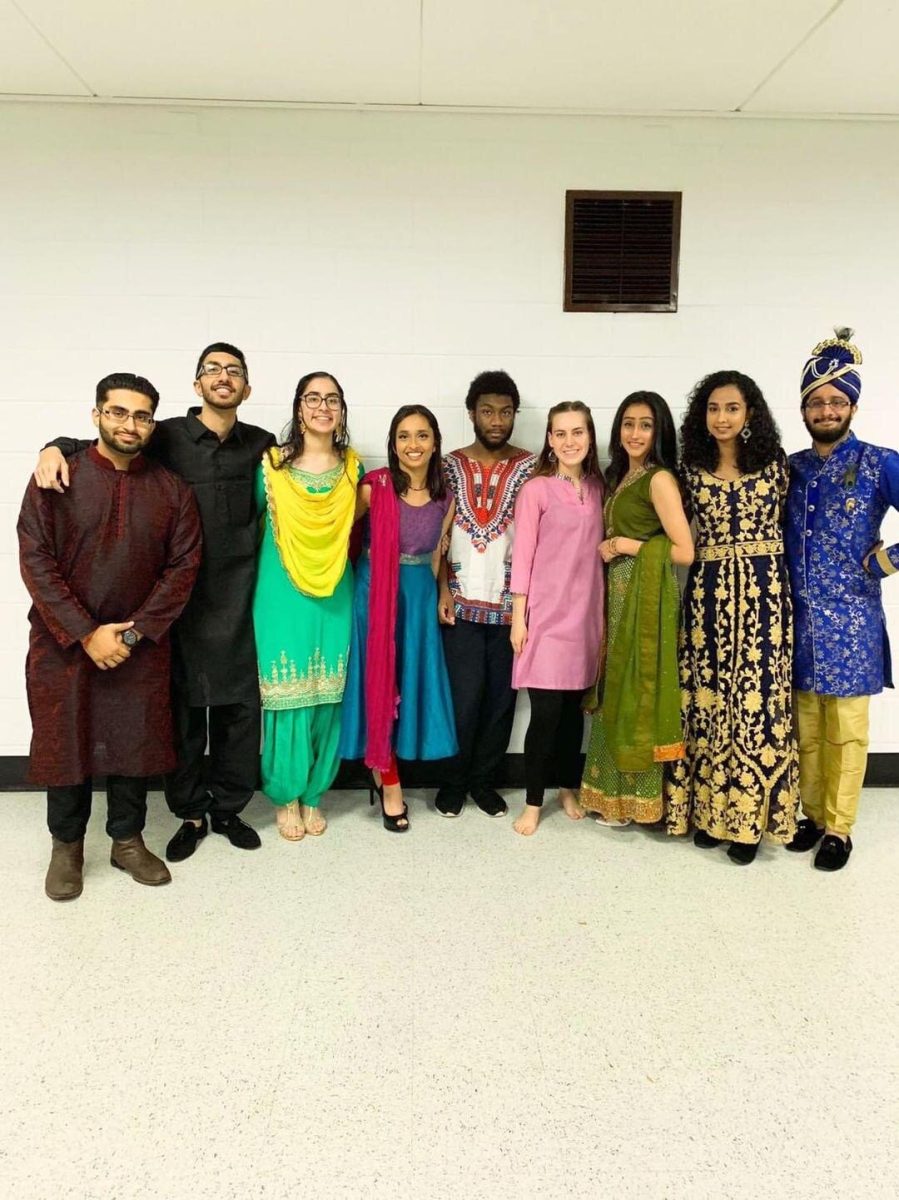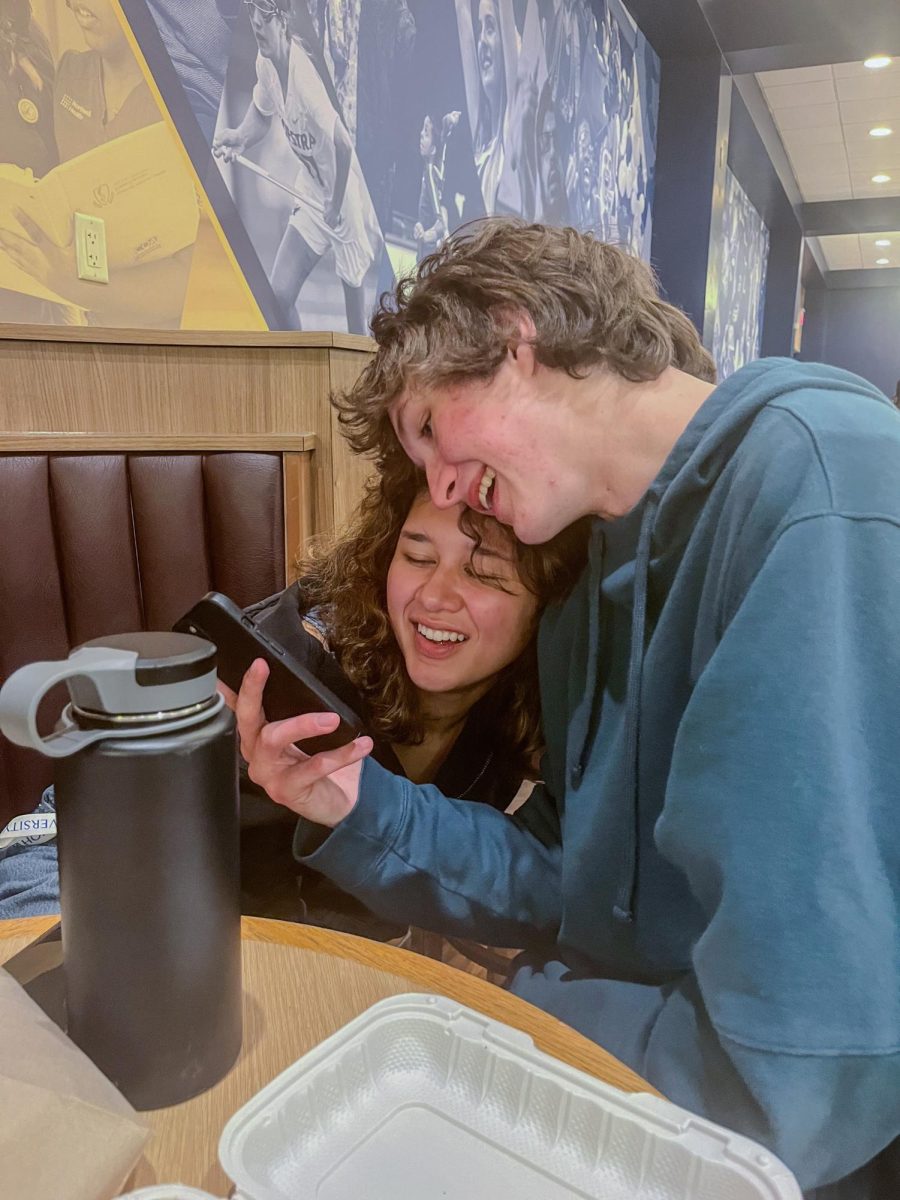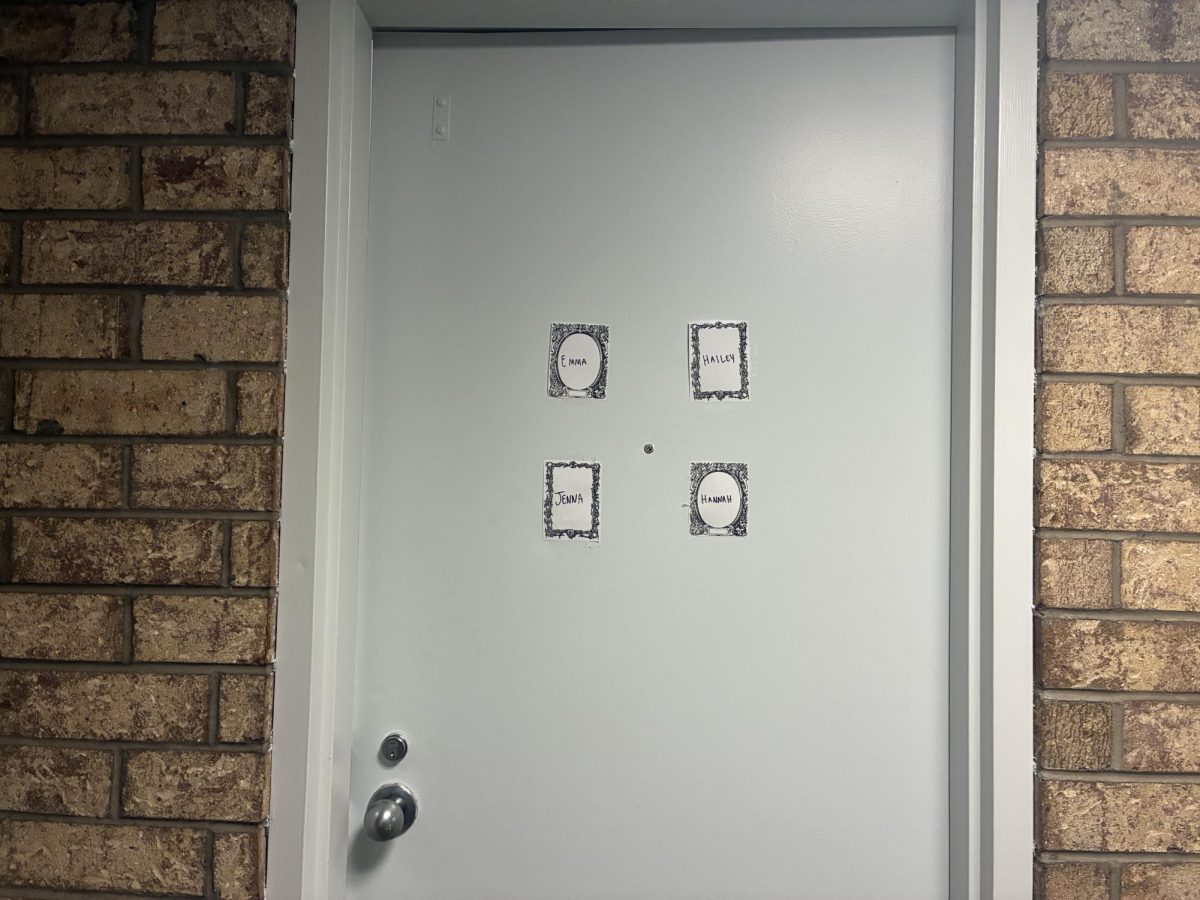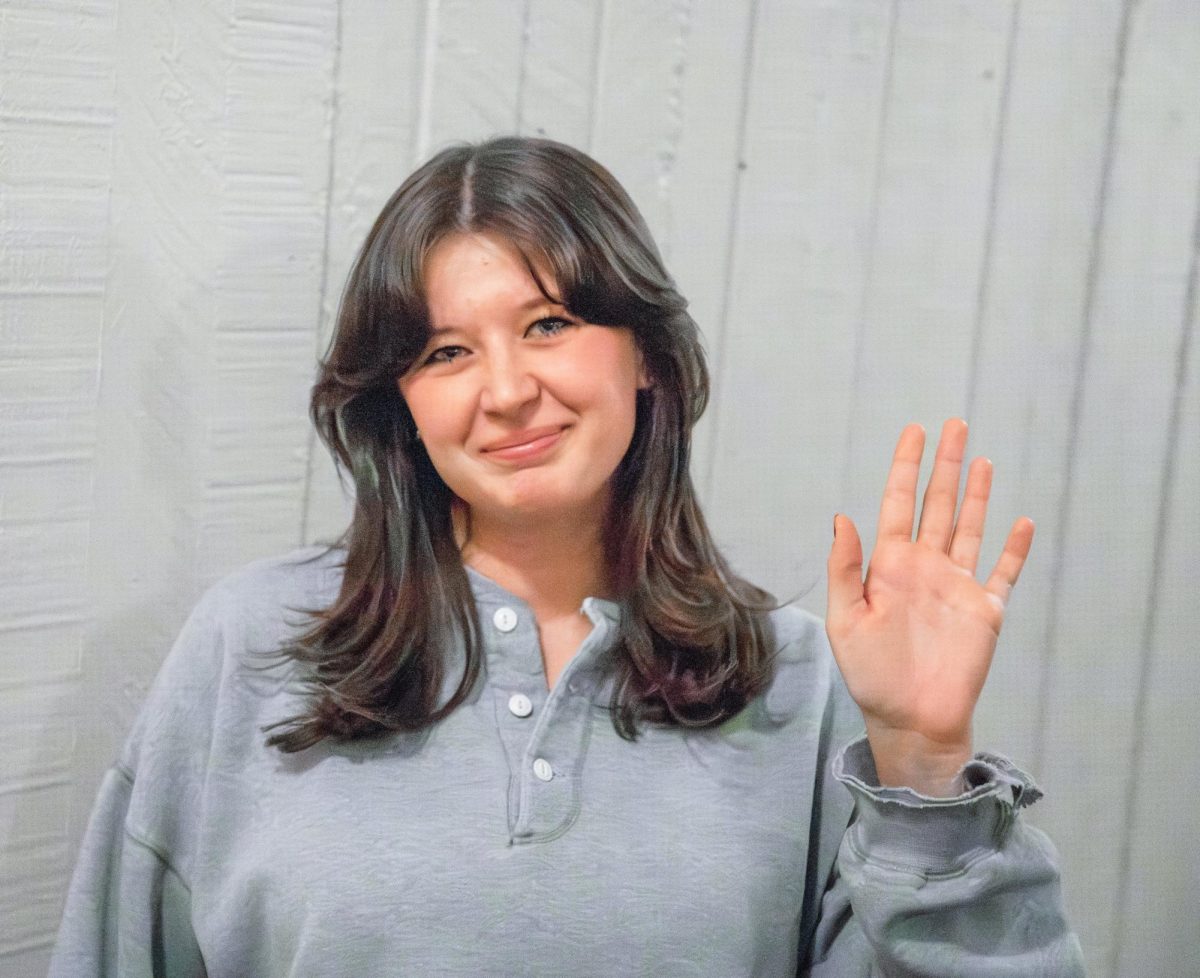Photo Courtesy of Visvajit Sriramrajan
“I founded BGB for a really simple reason. I wanted to dance and showcase various cultures through dance which weren’t shown in the teams that had already existed at Hofstra when I arrived as a freshman,” Nijjer said. She noted that though language differences often serve as a barrier to connecting cross-culturally, dance is a universal language that can serve as a nexus between people who otherwise would not necessarily connect. “Everyone participated, learned and performed,” she said, looking back at her years as the club’s former president. “BGB became a home away from home for me, and it’s members my family.”
“Even though I’m not South Asian, I have always felt welcome in this club and when I joined as a freshman, it was one of the first places that made me feel at home at Hofstra,” said Abby Briggs, the club’s current president and a sophomore community health major.
Sitare’s events were canceled due to the closure of Hofstra’s campus and its members were not able to perform this spring semester as they had hoped. “As a performance-based club, we are very sad and miss being able to have practices, learn new dances and interact with people at events,” Briggs said. “But our choreographers are hard at work already, planning new dances for the fall.”
The club has prioritized quality choreography over the past semesters with creative dance formations and steps for different performances. Though they take inspiration from preexisting songs, they’re largely original and unique.
“What I cherish about being part of Sitare is being given the opportunity to take part in vibrant dances that incorporate various different elements and being able to share that experience with individuals who come from diverse ethnic and cultural backgrounds,” said Shivangi Mehta, a junior criminology major. “In addition, performing during numerous events in which the atmosphere is electric is truly remarkable.”
Though its dances originally surrounded Bollywood, Giddha and Bhangra, three notable South Asian dance styles and the club’s former namesake, it also embraced a variety of styles over the years. The organization codified this diversity through an official name change last fall. Sitare, the new name, means “stars” in Indo-Aryan languages like Hindi, Punjabi and Urdu. To the club’s members, the name signifies inclusion and togetherness.
“Sitare is a club I joined because I was kind of pressured into [it by my] friends who decided to join,” said Gopal Khandelwal, the club’s secretary and a junior political science major. “I stayed because, for some reason, I found it fun. I wasn’t a huge dancer before, but the feeling of being [a] part of a group that learned how to do it together was almost addictive.”
Arunima Roy, a junior film major, noted that she appreciates being able to learn about other cultures while also spreading her own through dancing and choreography. Roy admires the ability to try out dance styles that she originally was only exposed to through movies and television shows.
Krishna Pandit, a senior Spanish major, fondly remembers sticking with the group since its inception. In her early days at Hofstra, she assisted Nijjer, the club’s founder, with creating a presentation and registering the club officially through the Student Government Association. She reminisces on seeing Sitare grow from a mere idea to a formidable dance organization on campus.
“Sitare was a place to express my feelings and allow myself to release any sentiments of stress and tension which came along with daily student life,” Pandit said. “By being a part of Sitare, I was able to find a sense of home, comfort and contentment where I could express myself through a form of art.”








